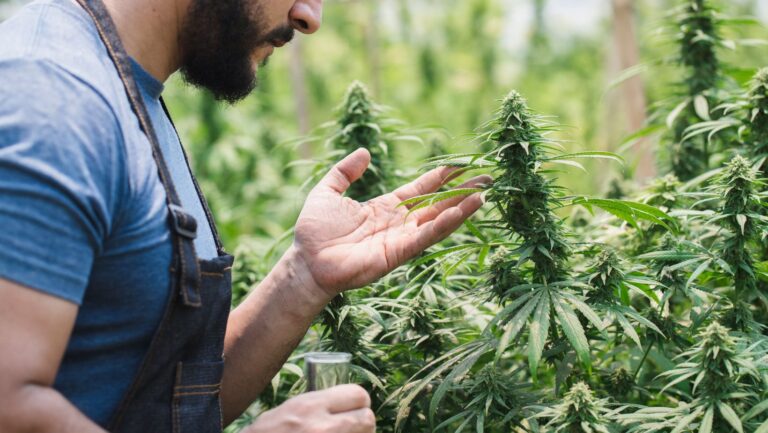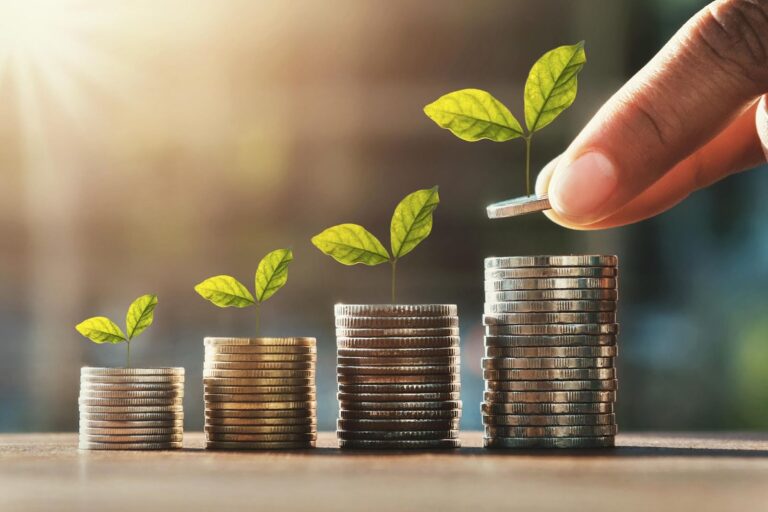With the rising price of cannabis products and the increasing accessibility of cultivation knowledge, more people are wondering whether growing cannabis at home could actually save money. While it requires an upfront investment, growing your own can turn into a surprisingly cost-effective hobby that also gives you complete control over quality and supply. Let’s break down the realistic costs and returns of home cannabis cultivation.
Understanding the Basic Costs
The total cost of growing cannabis depends on several factors: how much you plan to grow, the type of setup you use, and the quality of equipment and seeds you invest in. For a small indoor grow suitable for beginners, here’s what a realistic budget looks like:
- Seeds: Quality seeds from a reliable source typically cost between $30 and $60 for a small pack. Beginner strains are a great starting point, offering resilience and consistent yields.
- Grow Lights: LED grow lights have become more efficient and affordable. A good entry-level light costs around $100 to $200 and can cover a small tent with a few plants.
- Grow Tent and Ventilation: A basic tent setup with an exhaust fan and carbon filter can cost between $150 and $250.
- Soil and Nutrients: Expect to spend around $50 to $100 per grow cycle on soil, pots, and nutrients.
- Electricity: This varies by location, but for a modest setup, electricity might add $25 to $50 per month during the growing cycle.
In total, your initial setup might cost around $400 to $600. The good news is that most of these expenses are one-time purchases. Once you have your setup, each subsequent grow becomes significantly cheaper.
The Yield and Value of Homegrown Cannabis
A healthy cannabis plant can produce between 100 and 200 grams of dried flower, depending on strain, environment, and care. Even a small indoor grow with two or three plants can easily yield 300 to 600 grams per harvest.
Let’s put that into perspective. In most legal U.S. states, cannabis sells for anywhere between $8 and $15 per gram at dispensaries. Using an average of $10 per gram, a 500-gram yield represents $5,000 worth of cannabis. Even factoring in the initial setup, your first harvest could already pay for itself several times over.
Subsequent grows become even more cost-effective, as your main recurring expenses are only soil, nutrients, and electricity, roughly $150 to $200 per cycle. That means each new harvest could produce thousands of dollars’ worth of product for a fraction of retail cost.
Hidden Savings Beyond the Obvious
The financial benefits extend beyond just the cost per gram. Home growers also save money by avoiding hidden costs that come with purchasing from dispensaries or the illicit market. Taxes, packaging, and retail markups can easily account for 25 to 40 percent of the price of legal cannabis.
You also gain the freedom to grow organically, avoiding additives and pesticides that can drive up retail prices for “premium” cannabis. Plus, growing your own means no impulse buys, no travel expenses, and no waiting in line, just a self-sufficient supply that you can enjoy on your own terms.
How to Start Without Overspending
For beginners, it’s best to start small and learn the process before scaling up. You can begin with just a few plants and a compact setup to get familiar with the growing cycle. Choosing the right seeds is one of the smartest investments you can make early on.
For example, Zamnesia offers beginner-friendly cannabis strains that are easy to grow and deliver reliable yields. These strains are more forgiving of small mistakes, making them ideal for first-time growers who want to save money without risking an entire crop.
The Legal Side: Grow Only Where It’s Permitted
Before starting, it’s crucial to check your local laws. Cannabis cultivation is only legal in certain U.S. states, and regulations can vary widely from one jurisdiction to another. Always ensure you are in a state where personal cultivation is permitted before beginning any grow. Compliance with local laws protects you from potential penalties and ensures your project remains both safe and legitimate.
The Time Investment: Is It Worth It?
While the financial benefits are clear, it’s important to acknowledge the time commitment. A full grow cycle usually takes around 3 to 4 months, including the drying and curing process. During that time, plants need daily attention, especially during the flowering stage.
However, many growers see the time spent as part of the reward. The process is relaxing, educational, and even therapeutic. For many, it becomes not just a way to save money but a fulfilling hobby that adds value to their lifestyle.
Growing as a Smart Financial Choice
When done right and in states where it is legal, growing your own cannabis can cut costs dramatically while offering a higher-quality, pesticide-free product. The startup costs may seem steep, but after the first harvest, you are essentially producing cannabis at a fraction of retail prices. Over the course of a year, regular growers can save thousands of dollars, all while gaining the satisfaction of cultivating their own supply.
If you have been looking for a way to stretch your budget and enjoy cannabis sustainably, home growing is one of the smartest financial moves you can make.





